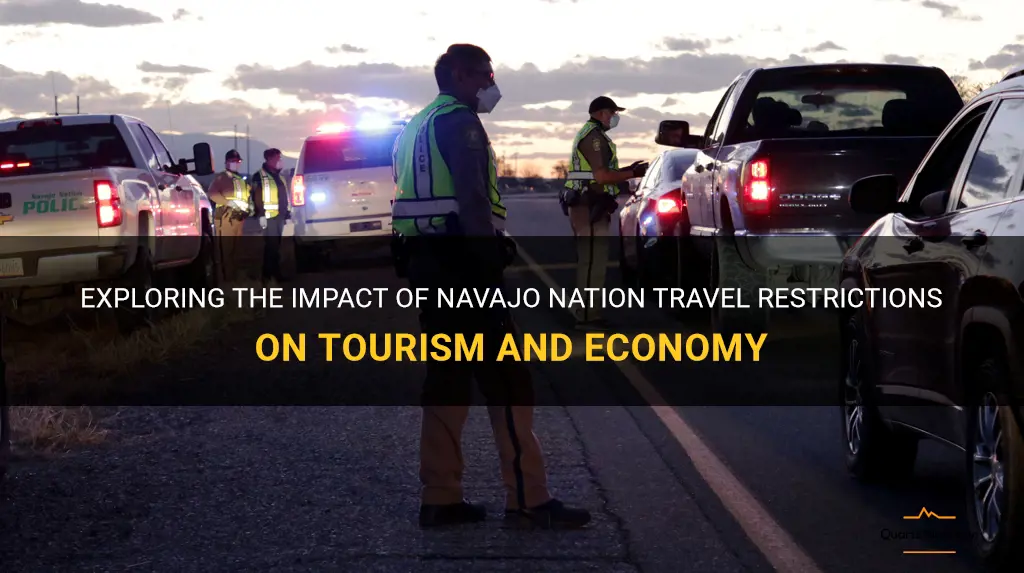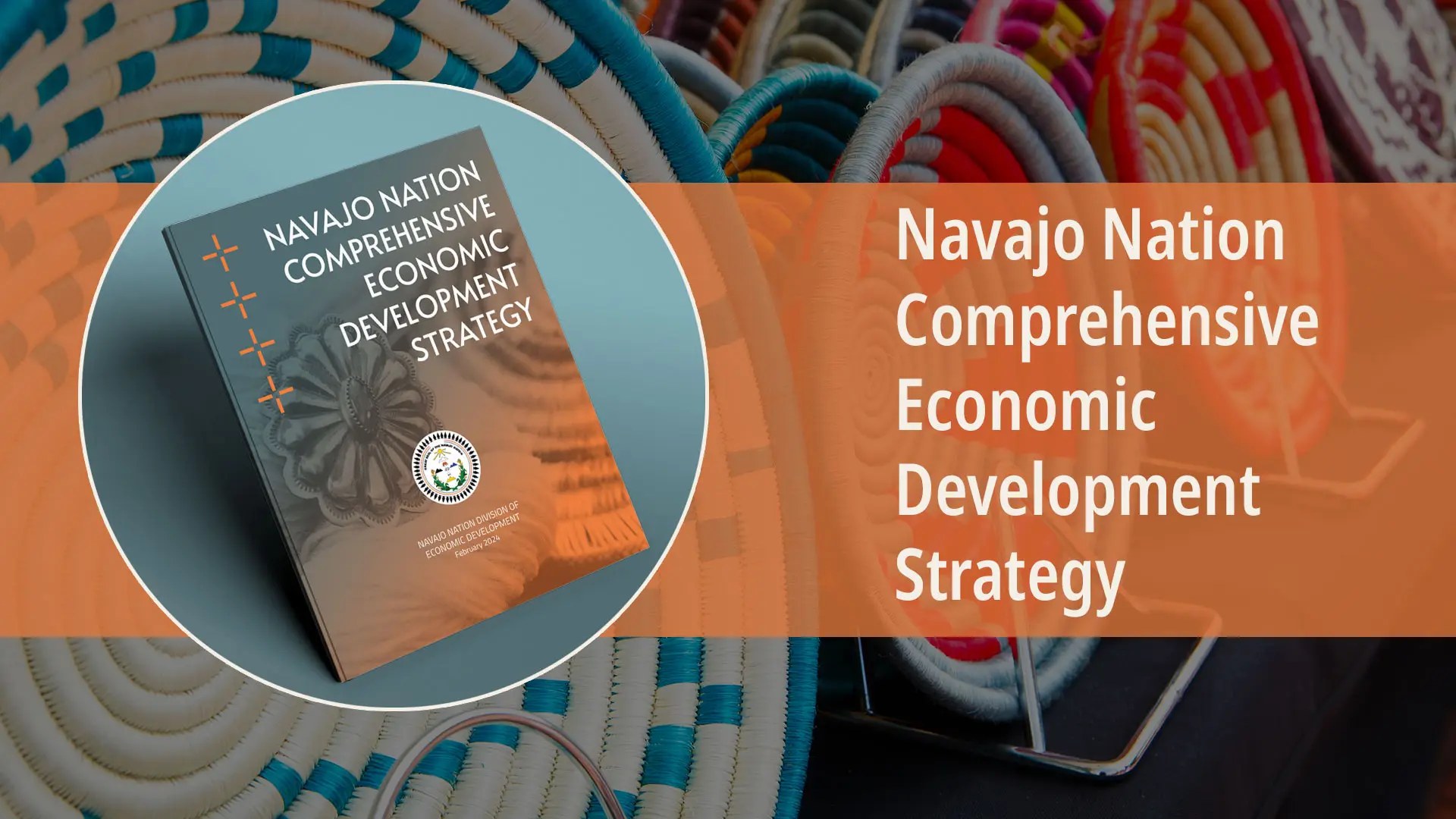
The Intricate Tapestry: Tourism’s Economic Impact on the Navajo Nation
For the Navajo Nation, the largest Indigenous territory in the United States, tourism is far more than just a source of revenue; it is a complex economic engine, a cultural ambassador, and a constant negotiation between opportunity and preservation. Spanning over 27,000 square miles across Arizona, Utah, and New Mexico, Diné Bikeyah – the Navajo homeland – is a landscape of unparalleled natural beauty and profound cultural significance, drawing millions of visitors annually. This influx, while vital for economic development, presents a multifaceted array of benefits and challenges that the Nation continuously strives to balance.
Before the devastating impact of the COVID-19 pandemic, tourism generated an estimated $80-100 million annually for the Navajo Nation, supporting thousands of direct and indirect jobs. This figure, though significant, represents only a fraction of its potential, yet it underpins a substantial portion of the Nation’s economy, particularly in remote areas where other industries are scarce. The economic footprint of tourism extends from the iconic red rock mesas of Monument Valley to the ethereal slot canyons of Antelope Canyon, and the ancient dwellings of Canyon de Chelly. These aren’t merely scenic vistas; they are sacred sites, living landscapes interwoven with Diné history, spirituality, and identity.
A Pillar of Employment and Entrepreneurship
The most immediate and tangible impact of tourism is job creation. Across the vast Nation, Diné citizens are employed as tour guides, hotel staff, restaurant workers, park rangers, and artisans. In places like Monument Valley Navajo Tribal Park, wholly owned and operated by the Navajo Nation, locals staff everything from the visitor center to the tour companies offering jeep excursions into the restricted areas. These jobs provide stable incomes in communities that often face high unemployment rates.
Beyond direct employment, tourism fosters a vibrant ecosystem of entrepreneurship. Navajo artisans sell intricate silver and turquoise jewelry, hand-woven rugs, and pottery directly to visitors, bypassing middlemen and ensuring a greater share of the profit remains within the community. Food vendors offer traditional Diné cuisine like fry bread and mutton stew, providing authentic culinary experiences while supporting local agricultural and livestock economies. "Tourism allows us to share our stories, our art, and our way of life directly with the world," explains Clara Begay, a silversmith from Window Rock. "It’s not just about selling a piece of jewelry; it’s about sharing a piece of our soul, and that connection is invaluable." This direct engagement empowers Diné entrepreneurs, allowing them to control their narratives and benefit directly from their cultural heritage.

Furthermore, permit fees for accessing tribal lands and attractions, along with taxes on lodging and sales, flow directly into tribal coffers. These funds are crucial for supporting essential government services, infrastructure development, healthcare, and education initiatives across the Nation, reducing reliance on federal funding and bolstering self-determination.
Cultural Preservation and Education
The economic impetus of tourism also plays a critical, albeit complex, role in cultural preservation. By showcasing traditional arts, ceremonies (where appropriate and sanctioned), and storytelling, tourism can incentivize the continuation of cultural practices. Young Diné individuals are often drawn to guide positions, where they learn and share their ancestral knowledge, language, and history with visitors. This act of teaching reinforces their own connection to their heritage and ensures the intergenerational transfer of knowledge.
Many Navajo-owned and operated tour companies explicitly incorporate cultural education into their offerings. Visitors to Canyon de Chelly, for example, often learn about the enduring presence of Diné families who still farm the canyon floor, a testament to resilience and continuity. In Antelope Canyon, Diné guides not only point out geological formations but also share stories of their spiritual significance, transforming a mere sightseeing trip into a deeply immersive cultural exchange. This approach helps to counter potential commodification by asserting a Diné voice and perspective, ensuring that the cultural exchange is respectful and authentic.
Challenges and the Double-Edged Sword
Despite its undeniable benefits, the economic impact of tourism on the Navajo Nation is a double-edged sword, fraught with challenges that demand careful stewardship.
One of the most pressing issues is over-tourism and environmental strain. Sites like Antelope Canyon, with its narrow passages, can become overwhelmingly crowded, leading to erosion, increased waste, and a diminished visitor experience. The sheer volume of people can disturb wildlife and delicate ecosystems. The infrastructure required to support this influx – roads, parking, restrooms, waste management – often lags behind demand, putting further pressure on limited resources.
Cultural commodification and authenticity remain a constant concern. The desire for "authentic" experiences can inadvertently push communities to perform or package their culture in ways that feel inauthentic or disrespectful. Striking a balance between sharing culture and protecting its sacredness is a delicate act. There’s also the risk of "photo tourism," where visitors prioritize a quick selfie over a genuine understanding or respectful engagement with the land and its people.
Infrastructure limitations are a significant barrier to maximizing tourism’s benefits. Many parts of the Navajo Nation lack adequate lodging, reliable internet access, modern sanitation facilities, and well-maintained roads. This not only limits the number of visitors who can be accommodated but also restricts the economic opportunities for communities not directly adjacent to major attractions. Developing this infrastructure requires substantial investment, which the Nation often struggles to secure.

Furthermore, equitable distribution of wealth generated by tourism is a complex issue. While certain areas like Monument Valley and Antelope Canyon thrive, many remote chapters of the Nation see little direct benefit. Ensuring that the economic ripple effects reach all corners of the vast territory, rather than concentrating in a few hotspots, is a persistent challenge that requires strategic planning and investment in diverse tourism offerings.
Seasonality and vulnerability are also significant factors. Tourism is often seasonal, leading to fluctuating employment and income. The COVID-19 pandemic starkly exposed this vulnerability. The Navajo Nation was one of the hardest-hit regions in the U.S. during the pandemic, leading to strict lockdowns and the complete closure of all tribal parks and tourist destinations for extended periods. This brought the tourism economy to a grinding halt, devastating livelihoods and highlighting the need for economic diversification and robust emergency planning.
Towards Sustainable and Sovereign Tourism
In response to these challenges, the Navajo Nation is increasingly focused on developing sustainable, culturally sensitive, and tribally controlled tourism initiatives. This involves:
-
Community-Led Development: Prioritizing the voices and needs of local Diné communities in tourism planning and management, ensuring that developments align with their values and benefit them directly. This includes initiatives like the Navajo Parks and Recreation Department’s emphasis on local hiring and community engagement.
-
Diversification of Offerings: Moving beyond just iconic landmarks to promote a wider range of experiences, such as eco-tourism, agritourism, cultural workshops, and stargazing tours. This can spread visitor impact, create new opportunities, and encourage longer stays.
-
Infrastructure Investment: Strategic allocation of funds and seeking partnerships to improve roads, build new lodging, enhance telecommunications, and develop visitor services, particularly in underserved areas.
-
Education and Awareness: Educating visitors about Diné culture, etiquette, and responsible travel practices before and during their visit. This includes emphasizing "leave no trace" principles and respecting sacred sites. "We want visitors to understand that this is our home, not just a postcard," says Sarah Nez, a cultural liaison. "Respect for the land and our traditions is paramount."
-
Strengthening Tribal Control: Asserting full sovereignty over tourism development, ensuring that permit fees, regulations, and marketing strategies are decided by the Navajo Nation, for the Navajo Nation. This includes protecting intellectual property rights related to cultural arts and stories.
The Navajo Nation’s journey with tourism is a microcosm of the broader Indigenous experience – a testament to resilience, adaptation, and the unwavering spirit of self-determination. While the economic lure of tourism is undeniable, the true measure of its success lies not just in dollar figures, but in its ability to uplift communities, preserve culture, protect sacred lands, and empower the Diné people to shape their own destiny on their own terms. As the world reopens, the Navajo Nation stands at a critical juncture, poised to redefine its tourism narrative, moving forward with a vision that honors both its ancient heritage and its future aspirations.


